We recently helped organised a fibroids awareness event and one issues that was raised at this event was that many women aren’t aware of the various treatment options available and in this week’s blogs we provide an overview of treatment options.
It is first important to note that the treatments offered for fibroids depend on the size of a woman’s fibroids, the symptoms they are causing, and if they are likely to affect her fertility. Most women with fibroids will not have symptoms, or the symptoms may be very mild and therefore no treatment may be required. However, a significant number of women with fibroids will need treatment because they have severe symptoms and/or their fibroids may interfere with pregnancy or fertility.
Treatment options for fibroids may include:
· Watchful waiting
· Medication to treat symptoms
· Medication to shrink fibroids
· Surgery or medical procedures
Watchful Waiting
A woman may not realise that she has fibroids until her doctor detects them after a routine pelvic exam. Therefore she may have no symptoms or very minor symptoms. Or her minor symptoms may have led her to visit her doctor who then went on to diagnose her fibroids. Either way, if a woman has no symptoms or mild symptoms that are not a major problem, her best option is ‘watchful waiting’. This may involve her:
· Keeping an eye on her symptoms and if they get worse or new symptoms develop then the next step will be a visit to her doctor.
· Being regularly monitored by her doctor. This may involve having regular (yearly) ultrasound scans to keep an eye on the size of the fibroids.
It is hard to predict if the fibroids will grow or whether symptoms will develop. It is only through watchful waiting that this can be determined. The benefit of watchful waiting is that unnecessary treatment can be avoided or delayed. Delaying treatment may allow a woman to start her family before having treatment which may affect her fertility.
Women nearing menopause may consider watchful waiting until after menopause as fibroids tend to shrink after menopause and symptoms may ease or disappear completely on their own after menopause. If symptoms don’t improve after menopause then a woman can speak to her doctor about other options.
Medication to treat fibroid symptoms
Some of the symptoms of fibroids may be treated with over-the-counter or prescription drugs. Women should speak to their doctors before taking any medication, and make sure that they are aware of any side effects.
If fibroids are causing pelvic or abdominal pain, pain-killers may be an effective way to treat that. Or, if fibroids have caused severe period pain, anti-inflammatory drugs such as ibuprofen and mefanamic acid can be effective at easing period pain.
Sometimes fibroids can cause heavy flow during periods. If this is the case, a woman can speak to her doctor about the contraceptive pill. This can make periods lighter and also ease period pain. An alternative to the pill for treating heavy periods is tranexamic acid, a drug that is used in many different conditions to control bleeding.
Medication to shrink fibroids
There are treatments available that may be effective at shrinking fibroids. These types of drugs are usually used before surgery, meaning that less extensive surgery may be required because they make it easier for fibroids to be removed. These are hormonal drugs that reduce a woman’s hormone levels. This means that there will be less hormones available in a circulation to stimulate the growth of fibroids, causing them to shrink.
Drugs that can shrink fibroids include goserelin (Zoladex®) or leuprorelin acetate (Prostap® SR). They reduce oestrogen levels, and can cause menopause symptoms, so sometimes patients are given Hormone Replacement Therapy (HRT) to combat any menopause symptoms. The patient will be started on a course of treatment three to four months before surgery.
Another drug that may be offered is ulipristal acetate (UPA or Esmya®), which lowers progesterone levels. Typically, if this drug is prescribed, it will be given to the patient before surgery and it can be taken for a maximum of up to three months.
Surgery or medical procedures
In many cases, women with symptoms will need some form of surgery or a medical procedure to treat their fibroids. The options here include:
· Hysteroscopic Resection
· Myomectomy
· Hysterectomy
· Endometrial Ablation
· Embolisation
· MRI treatments
Hysteroscopic Resection
A hysteroscopic resection (transcervical resection of fibroids) is a procedure that removes fibroids that develop on the inside of the womb (submucosal/intracavity fibroids). It is usually performed under general anaesthetic (where a woman is put to sleep for the entire procedure). A small device with a camera and a light on the end of it (a hysteroscope) is inserted through the vagina, past the cervix and into the womb. The camera allows the doctor to see the womb on a video screen. On the end of the hysteroscope is a device that allows the doctor to remove the fibroids.
A hysteroscopic resection takes 20 to 80 minutes and is likely to be a day-case or one that might require an overnight stay in the hospital. Recovery time will be 1 to 2 weeks. After-care advice is given to prevent infection, and to help with any pain that a patient may experience. Within a couple of months, there should be improvements in the symptoms that were caused by the fibroids, such as heavy bleeding or irregular periods.
This procedure is a good option as it avoids the removal of the womb and allows a woman to preserve her fertility. As with any medical procedure, there is a small risk of complications
Myomectomy
A myomectomy is a surgical procedure used to remove fibroids without removing the womb, and therefore helps to preserve fertility. A myomectomy can be carried out in two ways; either via keyhole surgery (laparoscopic myomectomy) or an abdominal myomectomy (laparotomy).
Keyhole surgery is usually performed when you have one or two fibroids that are five centimetres or smaller that grow on the outside of the womb (pedunculatedand subserosalfibroids). It involves a small hole being made in or near the belly button and then a narrow tube with a camera (laparoscope) is inserted into the abdomen. Through this hole, and other holes in the abdomen, a surgeon is able to cut the fibroids into small pieces and then remove them through the holes.
The benefit of keyhole surgery is that because the operation occurs via the small holes, it is less invasive. This means that there is less blood loss and pain, and recovery is quicker than a full-blown operation – 1 to 2 weeks. It also requires minimal stay in the hospital (either a day case or for one night).
Despite this, there is a small risk of developing complications. These include: excessive bleeding, an adverse reaction to the anaesthetic, a puncture to the womb, blood clots and infection. And, there is a 40% chance that fibroids will re-grow within five years of the keyhole surgery.
An abdominal myomectomy is performed under general anaesthetic. A surgeon will make a fairly large incision in a woman’s abdomen in order to gain access to the womb and will then remove the fibroids. This procedure is used to remove large fibroids from the wall of the womb and may require a 2 to 4 day stay in hospital and takes anywhere from 4 to 6 weeks to recover. There is a small risk of complications which include infection, damage to internal organs like the bowel, and weakening of the womb. There is also a 10 to 50% chance that fibroids will re-grow.
Hysterectomy
A hysterectomy is a surgical procedure to remove the womb. It is performed under general anaesthetic and is a permanent solution to resolving any symptoms which are caused by fibroids. Removal of the womb means that a woman will not be able to have children, making this option best for women who have completed their families. If the ovaries are also removed during the hysterectomy, a woman will go through menopause immediately. But if the ovaries are not removed, then a woman may go through the menopause within five years of having her womb removed.
Depending on the size of the fibroids, a hysterectomy can be conducted in three different ways. Smaller fibroids can be removed by a vaginal hysterectomy (the womb is removed through the vagina via a small cut at the top of the vagina), or by a laparoscopic hysterectomy (where the womb is removed through small holes in the abdomen). Alternatively, for larger fibroids, an abdominal hysterectomy can be performed where a fairly large incision is made in the abdomen and the womb is removed through the incision.
A hysterectomy is considered to be major surgery and as such takes longer to recover from than other procedures. It takes about 6 to 8 weeks and requires about 1 to 7 days stay in hospital depending on the way in which the hysterectomy was performed.
A woman will be given an after-care plan on how to care for her wounds and will have a follow up appointment to ensure that she is healing properly.
As with any surgical procedure there is a small risk of complications
Endometrial Ablation
Endometrial ablation is a procedure that is used to address heavy menstrual bleeding caused by fibroids or to remove small fibroids (less than 5cm) that have formed in the lining of the womb. This procedure removes the lining of the womb using either a laser beam, radiofrequency waves, microwaves, hot saline, electrical current or freezing.
A small device with a camera and a light on the end of it (a hysteroscope) is inserted through the vagina, past the cervix and into the womb. The camera allows a doctor to see the womb on a video screen. The doctor will then use specialist instruments to remove the lining of the womb by one of the methods described above (i.e. either laser beam, radiofrequency waves etc.).
Because the lining of the womb is removed it is highly unlikely that a woman will be able to get pregnant after this procedure. However, even if her periods stop, there is a small chance that she may become pregnant. And, because of the removal of the lining of her womb, her pregnancy is likely to be a risky one for both her and her baby, and she will probably be advised to use birth control after her endometrial ablation.
An endometrial ablation takes 20 to 45 minutes to perform, and is performed either under local or general anaesthetic. Patients are usually discharged from hospital on the same day and take about 2 weeks to fully recover.
There is a small risk of complications, these include: burns to the womb and surface of the bowel, fluid build-up in the lungs, tearing of the cervix, a womb puncture and a blockage of the major blood vessel in the lung (pulmonary embolism).
Embolisation
Embolisation, or Uterine Artery Embolisation (UAE), is a procedure that blocks the blood vessels (uterine arteries) to the fibroids, starving them of oxygen and therefore causing them to shrink. This procedure is carried out by an interventional radiologist who makes a small cut in the groin area and then inserts a tube (catheter) through the cut, using live x-ray images on a monitor to guide the tube into the uterine arteries. Tiny plastic beads (the size of fine sand particles) are then injected into the artery supplying the fibroid and these tiny embolic particles block the artery. Over the next few hours, the fibroids ‘die’ and then shrink over the next few months and years.
An embolisation is carried out under local anaesthetic and patients will have to stay in hospital for 1 night and recovery will take 1 to 2 weeks.
Complications from embolisation are rare and tend to be fairly minor, for example: bruising, pain, fever and vaginal discharge. Submucosal and particularly intra cavity fibroids can become detached. These can either pass through the cervix and vagina on their own or, if they get stuck, can rarely require a hysteroscopic removal by a Gynaecologist.
Fertility after embolisation has been maintained in many women, and premature menopause is very rare. Recurrence rates are low, being around 15% by 5 to 10 years.
UAE can be used in combination with various forms of myomectomy to get the best of both treatments and maintain fertility.
MRI Treatments
There are two fairly new procedures that may be considered to treat fibroids which make use of MRI (magnetic resonance imaging). These are:
- MRI-guided percutaneous laser ablation
- MRI-guided transcutaneous focused ultrasound
These treatments are not widely available in the UK and only a handful of specialist centres perform these procedures.
In MRI-guided percutaneous laser ablation, an MRI scan is used to locate the exact location of fibroids and fine needles are inserted through the skin and into the fibroid. A cable is then passed through the needle and light is targeted at the fibroids. The heat from the light shrinks or destroys the fibroids. MRI-guided transcutaneous focused ultrasound also uses MRI to find fibroids, but uses ultrasound energy to target them.
Both of these procedures take 3 to 4 hours to perform and requires only about a two hour stay in hospital after the treatment. Recovery should take a few days during which the patient may experience some pain and nausea. There are rarely any complications in the short-term. However, the long-term effects and risks are unknown, as are the effects on fertility.
Conculsion
We hope that above has been useful to providing a summary of the various treatments that are available for fibroids. Again, it’s important to note that the treatment a woman receive will depend on various factors. We encourage women who have to have treatment for their fibroids to have an informed discussion with their doctor.
*************
This blog is based on our fibroids booklet which was reviewed by experts in the field.








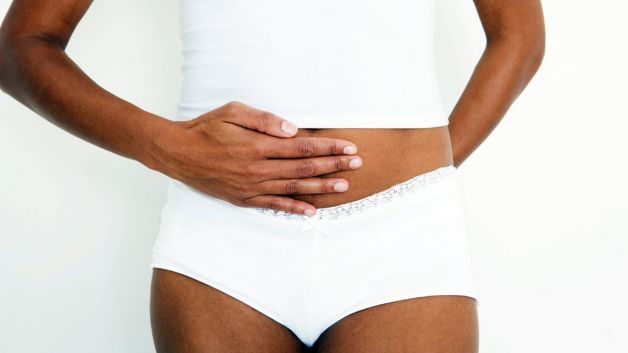
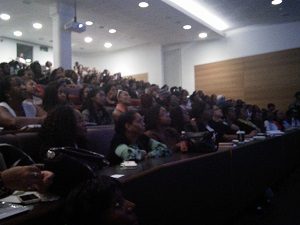


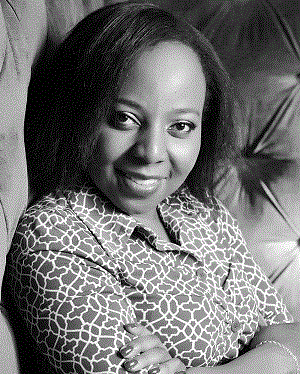

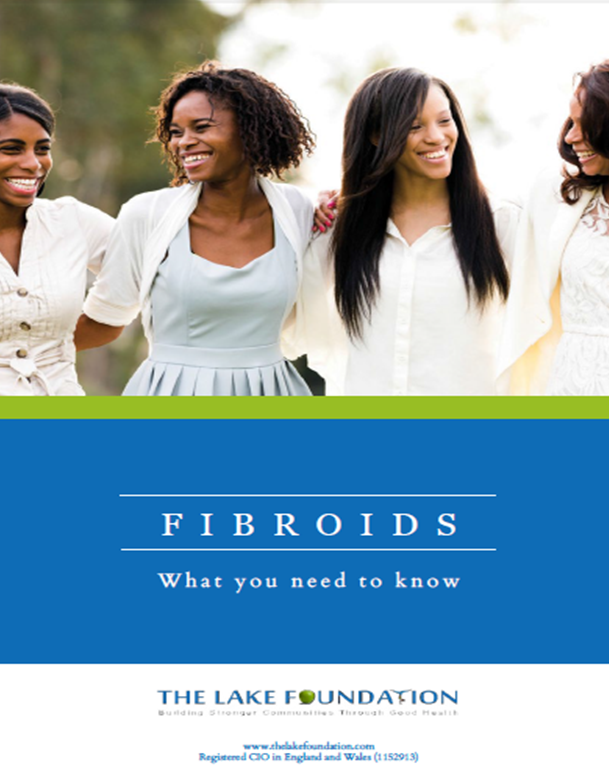

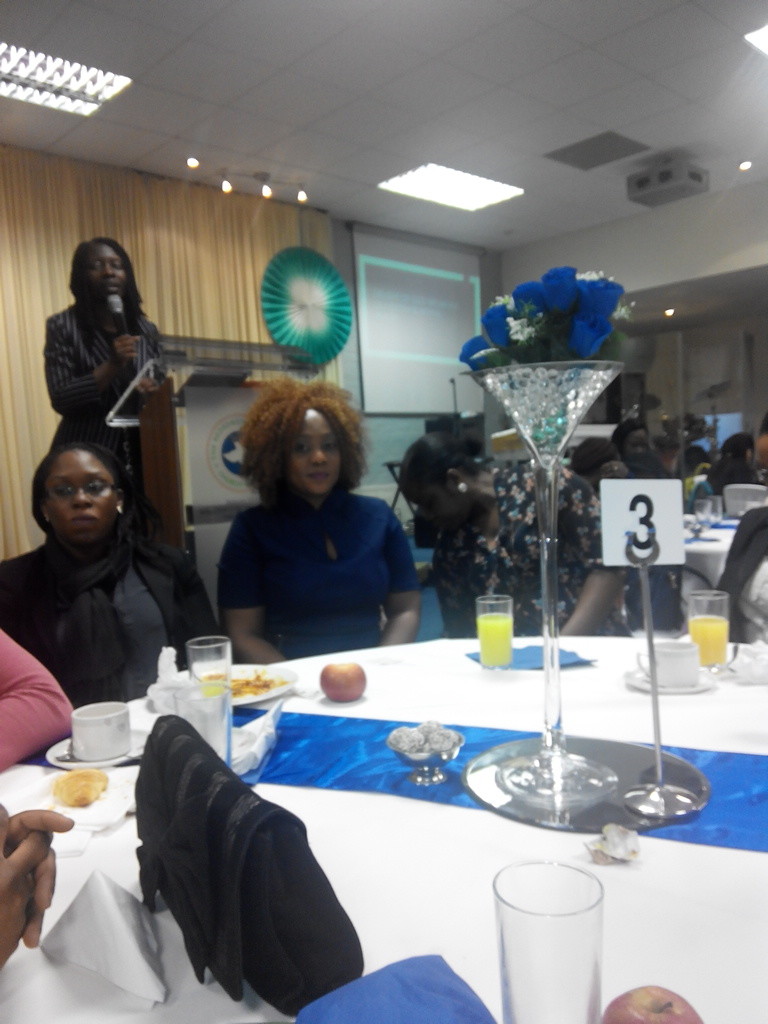

 The Black Women’s Health Study conducted in the US explored the impact of fruits and vegetables on a woman’s risk of developing fibroids. In this
The Black Women’s Health Study conducted in the US explored the impact of fruits and vegetables on a woman’s risk of developing fibroids. In this